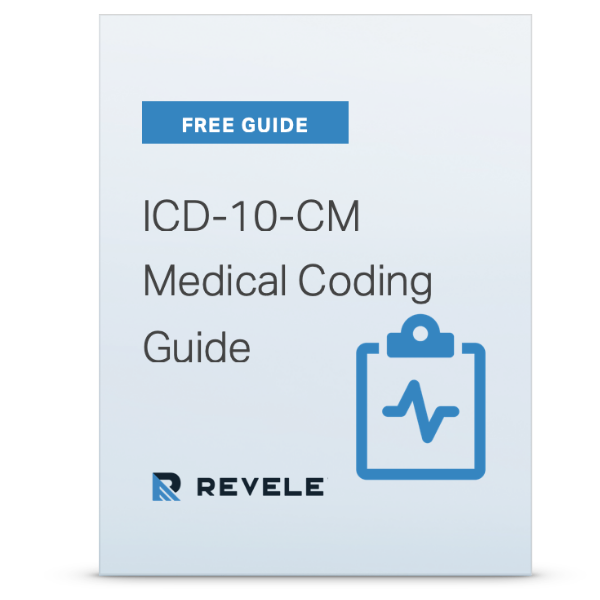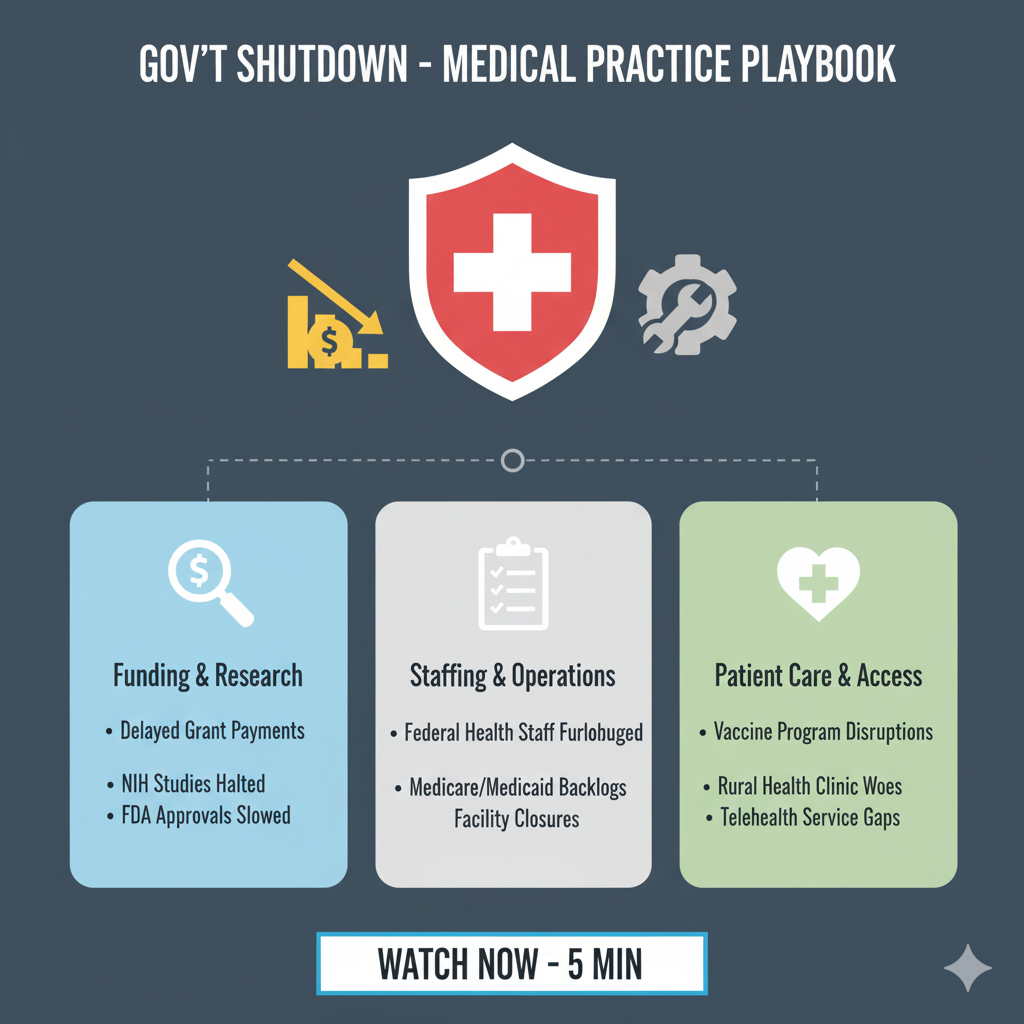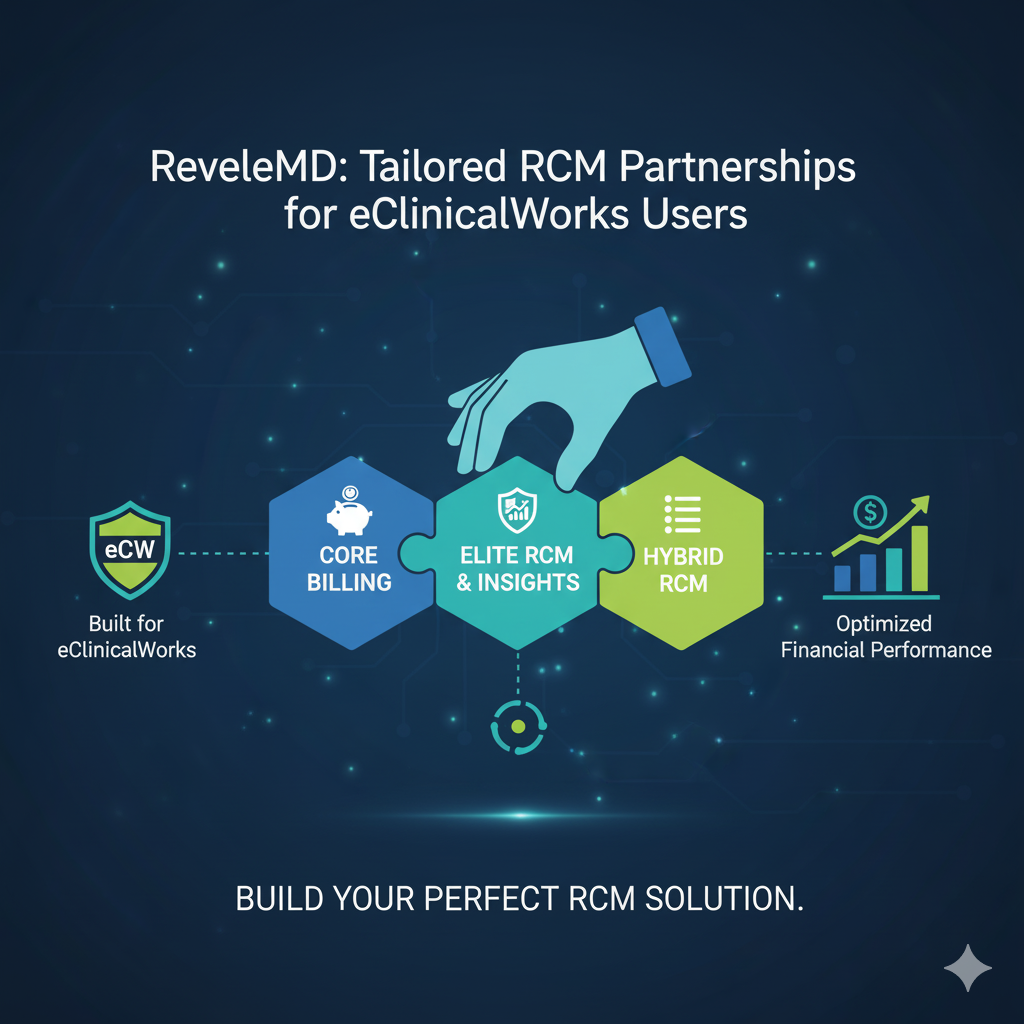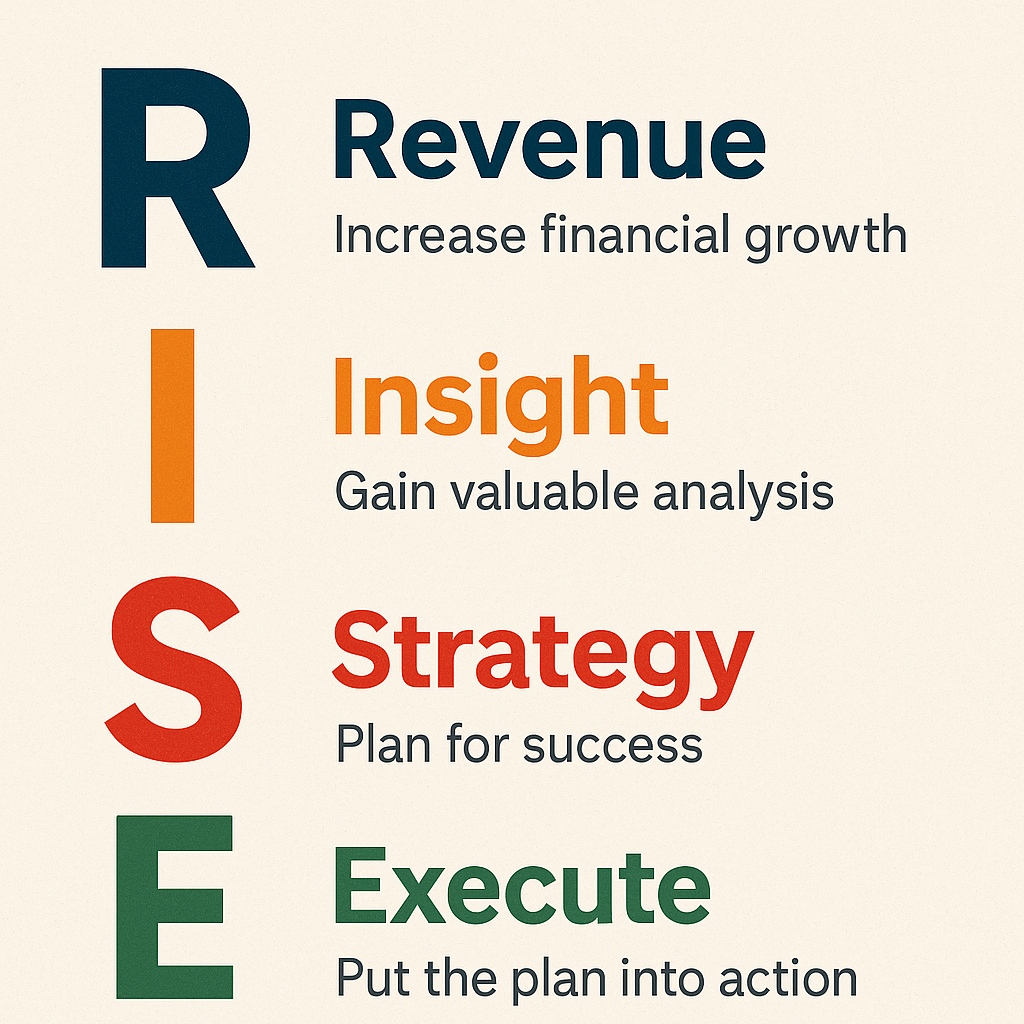Managing accounts receivable (AR) is challenging, and will be even more complicated as more people obtain coverage under high-deductible healthcare plans. Outstanding balances are growing, and collecting these balances is essential when it comes to increasing your practice's cash flow.
If your approach to AR management is multi-dimensional, you have the best opportunity to maximize collections and will leave far less money on the table. Successfully managing AR is a matter of prioritizing claim denials, monitoring AR statistics, and watching out for red flags that indicate AR problems.
Prioritizing Denials
Everyone on your staff, including receptionists, coding and billing personnel, and clinicians, must understand their part in the revenue cycle process in order to keep AR under control.When claims are denied, it's important to match up denials to specific steps in the revenue cycle. If one step shows up as problematic repeatedly, certain processes may need to be revamped to prevent future problems.
Of course, preventing denials in the first place is best. That means that with every visit, patients must be asked if their insurance has changed so nobody wastes time billing the wrong insurance company. Verifying demographics is also something simple that your front desk staff should be doing on each visit.How to Monitor Your Practice's AR
AR is one of your practice's "vital signs," and monitoring AR helps ensure the health of your practice. A good place to start is by learning which of your accounts receivable are over 120 days old.The Medical Group Management Association benchmark is 17.7% for the average practice. If your percentage is higher than that, it's time to dig in and try to figure out why accounts are remaining in AR for so long so you can address it.
Because payer schedules will vary, your practice needs to take action at the right time. The 30/60/90 model isn't really applicable considering the different payer schedules.
For example, if your practice typically receives Medicare payments in 15 days but another payer may be around 30 days, then following up at 20 days across the board isn't helping. Following up at 20 days is too late for Medicare and too early for the other payer.
The Importance of Reporting on Daily Aging of Receivables
Having your practice management system assist in the AR process is extremely beneficial to staying on track with various payer schedules. Your practice management system should be allowing you to automate notifications based on the daily aging of receivables and each payer's individual schedule.
Monitoring of AR results in faster collections (because you can ask for payments as soon as they're considered late). When payments are collected faster, there's less of a chance the claim will be lost or forgotten.
Watch for These AR Red Flags
It's better if your AR system calculates AR aging based on date of service rather than the date insurance is billed. That's because any time you have to re-bill insurance, you don't want the AR clock to start over again and make old claims appear as if they're current.
When the AR clock restarts every time insurance is re-billed, you can end up thinking everything is going swimmingly when there are actually serious problems with billing.
[Also: Top 5 Causes of Recurring Claim Errors]
Watch for Trends
It's also important to watch for trends. For example, if one kind of claim is consistently down-coded to a lower payment level, you may need to look for coding or documentation problems that can be fixed.Also keep in mind the number of CPT codes each insurer will approve for a single diagnosis. If you submit more than that number of codes, they're probably going to drop the one that's most expensive.
When It's Too Good to Be True
Finally, if your AR looks too good to be true, it may well be. When billing staff write off too many accounts and neglect to follow up, you can have impressive AR statistics while leaving thousands of dollars on the table because of accounts being written off rather than followed up on.
Patients generally react more positively when they know up front what costs they will have to cover, so discussing fees, as well as what they do and do not include can actually ease strain on patients.
When you accept a range of payment methods (both online and in person), you also improve the chances of bills being paid on time.
[Also: How to Solve the Biggest Problems With Self Pay Patients]
At GroupOne Health Source, we'd like to help you understand your revenue cycle management better so you can keep AR days down and collections up. We invite you to contact us at any time to set up a free revenue cycle management demo. It could be the first step toward higher collections and fewer AR days.








